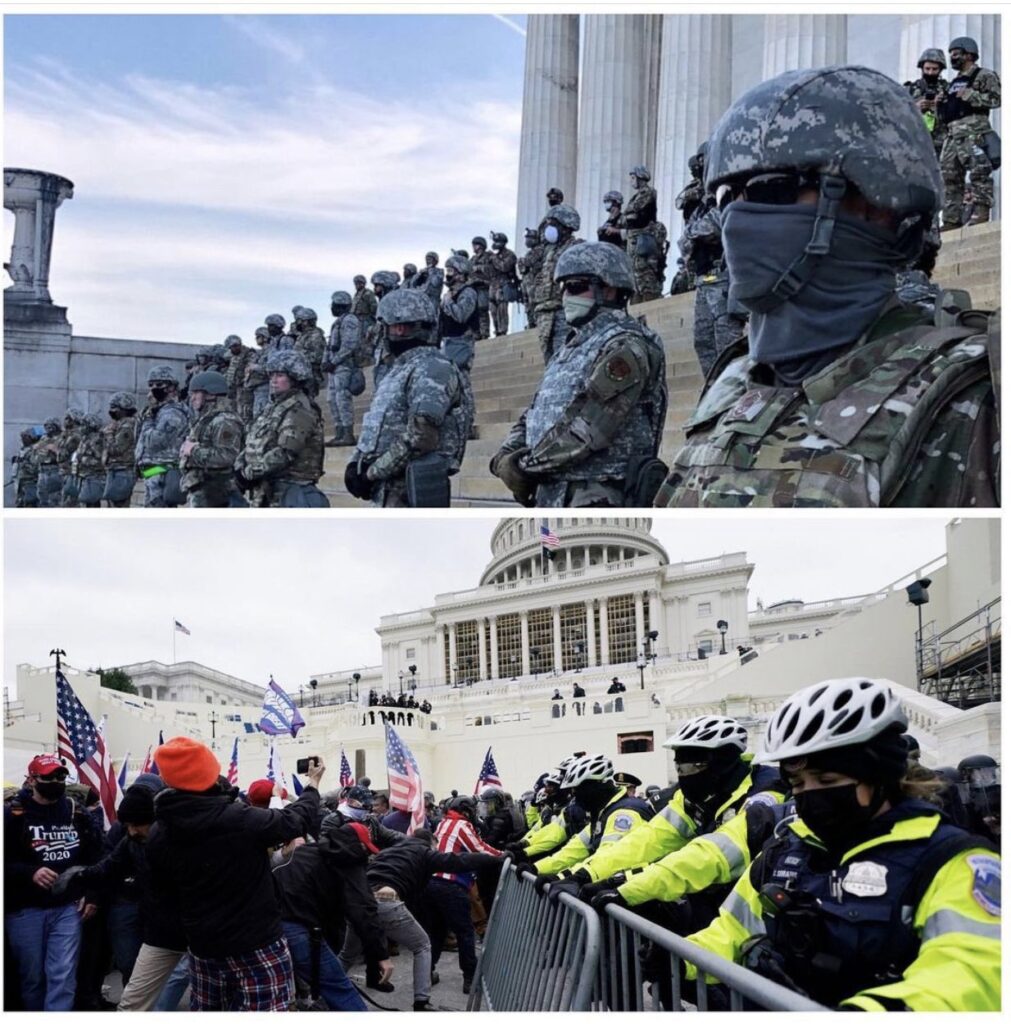
I am a fanboy of the Anti-Social Studies podcast. Most of the episodes are about history or the history behind current events. But this week I listened to an episode where the host, Emily Glanker, teams up with her friend Emily Pool (Emily Squared!), to practice their session at SXSW EDU Teaching in the Era of ‘Fake News.’ It’s a long podcast of almost 2 hours, but you should listen to it in its entirety. The topics range from how to teach current events in any classroom to how to teach students to recognize fake news. Although they are both social studies teachers toward the end they give examples across content areas.
The part of the podcast that I want to quote and reflect on is the idea of dialogue instead of debate. I have come to the conclusion that debate is not a very useful tool in classrooms (not talking about a debate team here). We are living in very divisive times where most people have a political identity and that identity includes thinking that the opposing side is wrong. It’s very black and white with no tolerance for grey.
Debate reinforces the idea that all issues only have two polar opposite viewpoints and that you must choose one.
Dialogue, on the other hand leaves room for nuance and presents issues as multi-faceted. Done well, it forces students to consider numerous perspectives and gives space for them to not have an opinion. So what does it look like? Emily Squared give many examples (you are going to listen to the podcast, right?) Let’s focus on a couple of my favorites.
To What Extent…
How students act in a discussion depends mostly on how the teacher approaches it and frames it. Just like the Driving Question in PBL should be open-ended allowing multiple viewpoints, the way the teacher frames the dialogue is powerful. Emily Squared recommend starting the question with “To what extent…” So for example a binary question such as “Are genetically engineered foods safe to eat?” becomes “To what extent are genetically engineered foods safe to eat?” This slight twist of phrasing gives space for more than a rigid yes/no response.
This alone will not change a debate into a dialogue. The teacher must frame the purpose of any dialogue as gathering as many perspectives as possible on a topic. The goal is not to “win” with your opinion, but to figure out why someone else might see things differently. It should also not be the teacher’s goal to change any student’s opinion. This frees students to thoughtfully consider different points of view without the pressure of being “right.”
Others Might Say…
Another recommendation that Emily Squared give is to discourage students from sharing their own opinions. Instead ask them to share other viewpoints. Here are some great sentence stems for teachers:
- What is everything that you have heard about….(the topic)?
- Others might say…
- Who would disagree with you and what would they say?
- What might be another side’s strongest counterpoint?
- Everyone is not entitled to an opinion. Please only share if you have experience or evidence about the topic. Otherwise it is your job to be a listener and ask questions.
During closing reflection:
- What is something that you heard someone else say that increased your understanding of…(the topic)?
- What is a strong point that you heard from a counter point of view?
We are not saying that students won’t or shouldn’t have opinions on controversial topics, but rather that we steer them to explaining other viewpoints. Again we are not trying to change their minds, but to get them to appreciate nuance in a topic and be willing to consider multiple points of view as having legitimacy.
BOOM!
I love the way that Emily Squared conclude a dialogue with the Exploding Atom protocol. Basically you make a strong statement about the topic, for example, “Genetically engineered foods are 100% safe to eat.” Next you mark the center of the room, and students stand in relationship to how much they agree with it. Closer indicates more agreement and further away represents disagreement. This protocol represents a spectrum of opinions rather than a narrow right or wrong answer. Students from different areas of the room can share their ideas, and other students may choose to move closer/further away from the center.
Caveats
I will add two important caveats because I still see social media posts of teachers doing incredibly harmful practices. Not every topic works for open discussion. We should never have student discuss “To what extent was slavery bad?” or the Holocaust, any genocide, Native American removals, etc. Horrible atrocities of history should never be debated, discussed as if there were a positive side to them, or simulated in any fashion. These events were unquestionably horrific and we should never allow space to question that. We also should never give credence to fake news or conspiracy theories. We need to name them for what they are and not give any room to treat them as legitimate.
Bonus: If you made it all the way to the end, here is a link to the rest of Emily Squared resources for teaching current events in the classroom.
Questions? Interested in a PBL workshop or consulting? Connect with me at michaelkaechele.com or @mikekaechele on Twitter.

